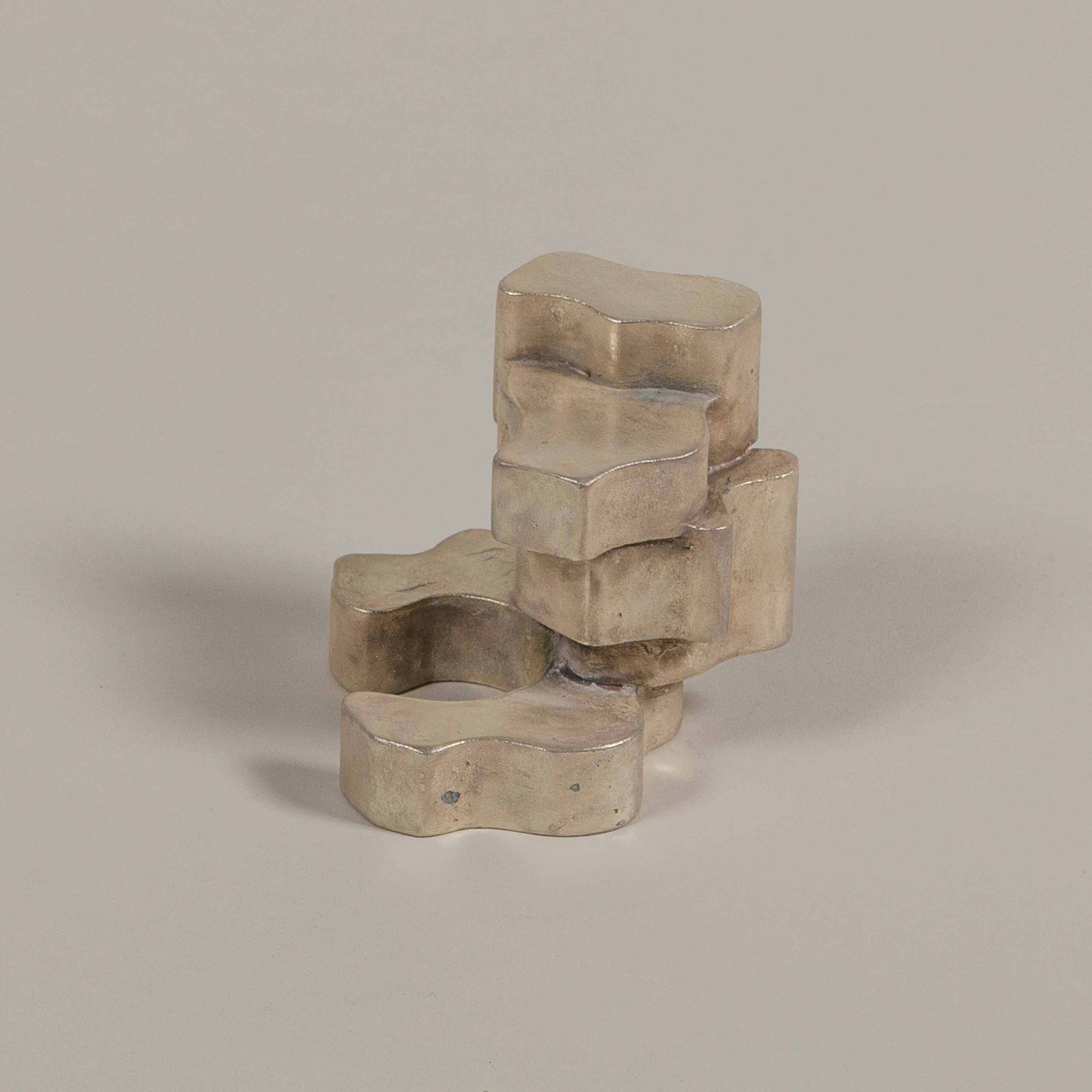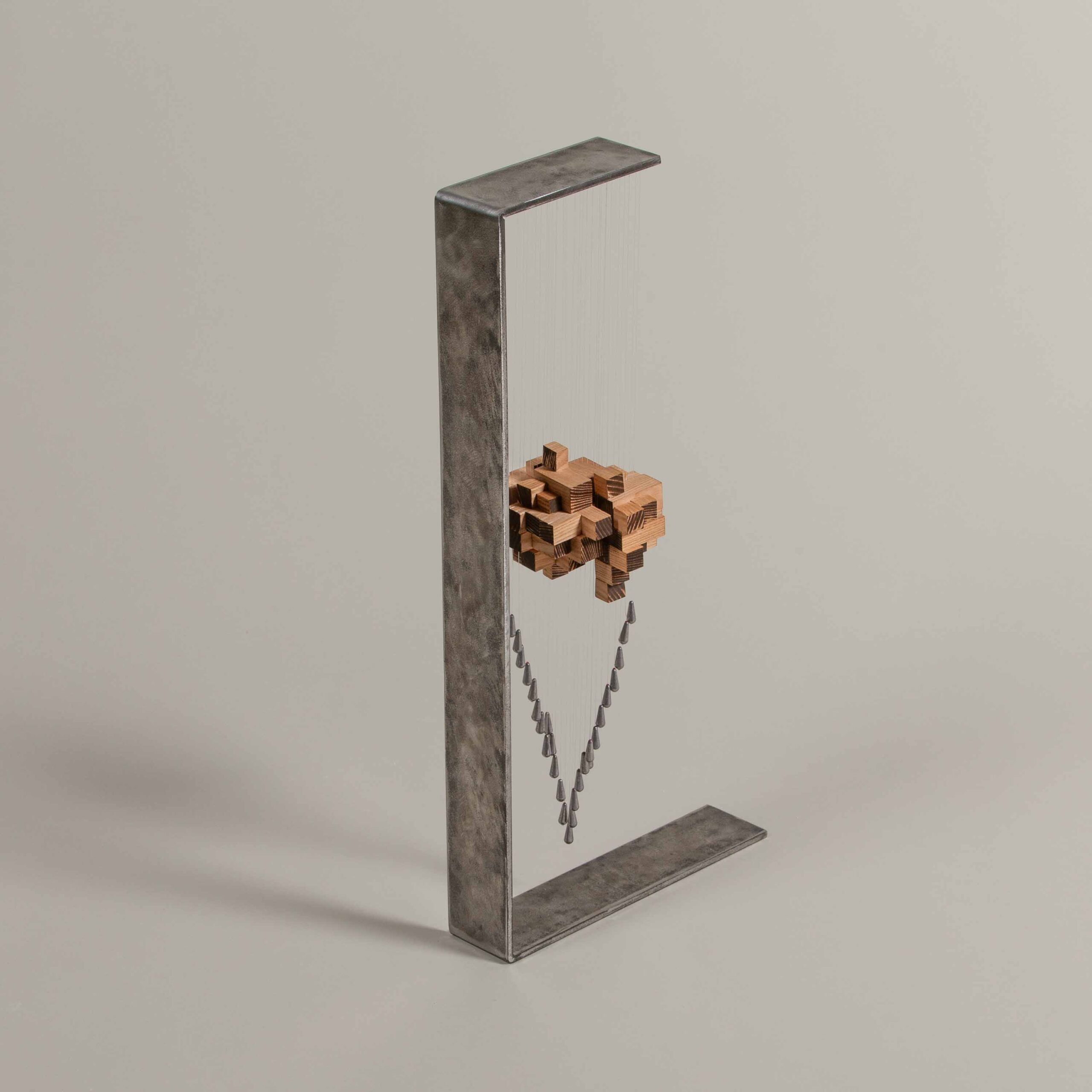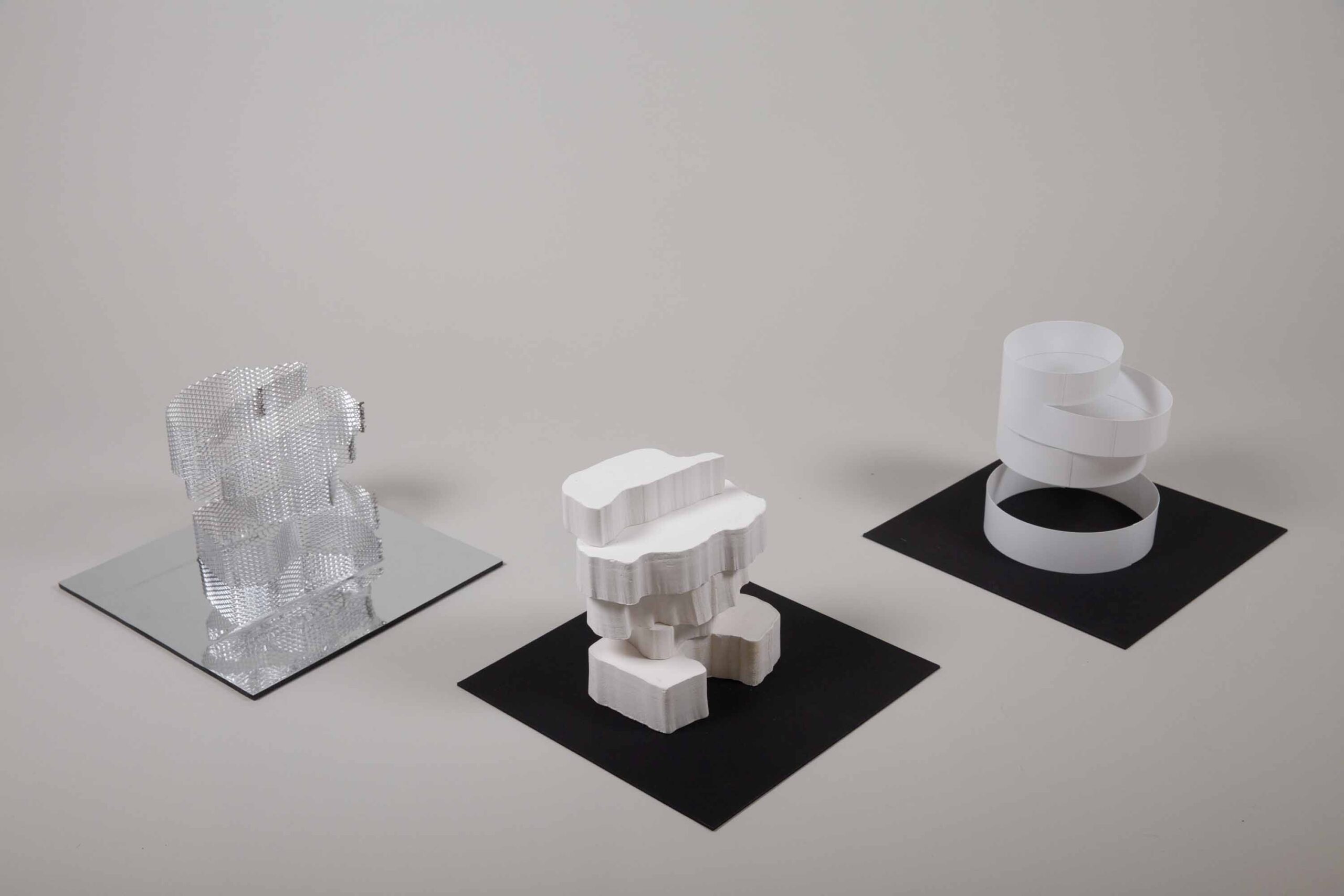









Based on Ena Kukić's dissertation research on memorial architecture, the elective course Architectural Models focused on studying well-known monuments - the Yugoslav Spomeniks - using experimental model-making methods from 2020 to 2024. Yugoslav Spomeniks formed the basis for the seminar due to their strong expressiveness and diverse spatial relationships. Designed to commemorate Yugoslavia's anti-fascist struggle, these unique monuments represent a distinct culture of remembrance that has inscribed their original name into the international vocabulary of modern art and architecture. Six selected projects on different scales were assigned to the students to work on. The first step was to research the project and select the processing method. The choice of materials and the model construction technique were discussed on a project-specific basis, as different methods were to be explored in order to work out the spatial and sculptural quality of the projects. The aim was, on the one hand, to express the character of the buildings in different ways and, on the other, to incorporate as many methods of architectural model making as possible into the teaching process.








Based on Ena Kukić's dissertation research on memorial architecture, the elective course Architectural Models focused on studying well-known monuments - the Yugoslav Spomeniks - using experimental model-making methods from 2020 to 2024. Yugoslav Spomeniks formed the basis for the seminar due to their strong expressiveness and diverse spatial relationships. Designed to commemorate Yugoslavia's anti-fascist struggle, these unique monuments represent a distinct culture of remembrance that has inscribed their original name into the international vocabulary of modern art and architecture. Six selected projects on different scales were assigned to the students to work on. The first step was to research the project and select the processing method. The choice of materials and the model construction technique were discussed on a project-specific basis, as different methods were to be explored in order to work out the spatial and sculptural quality of the projects. The aim was, on the one hand, to express the character of the buildings in different ways and, on the other, to incorporate as many methods of architectural model making as possible into the teaching process.














